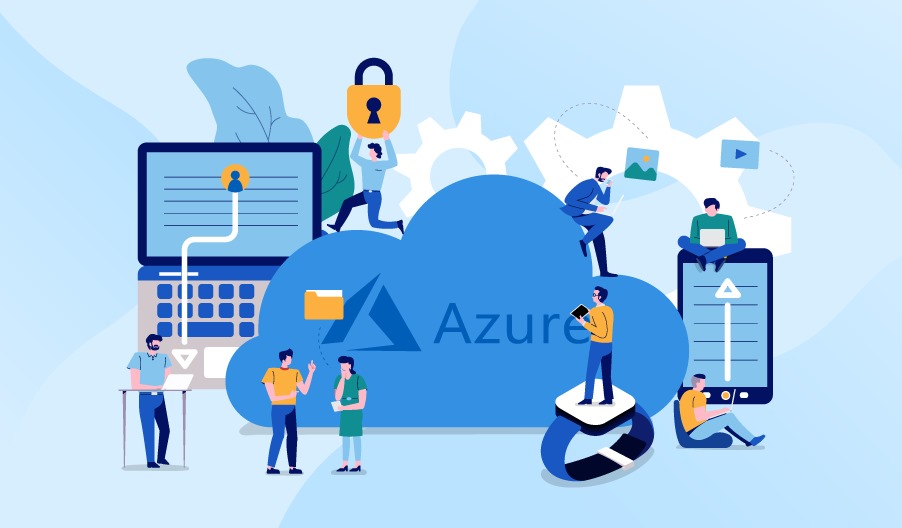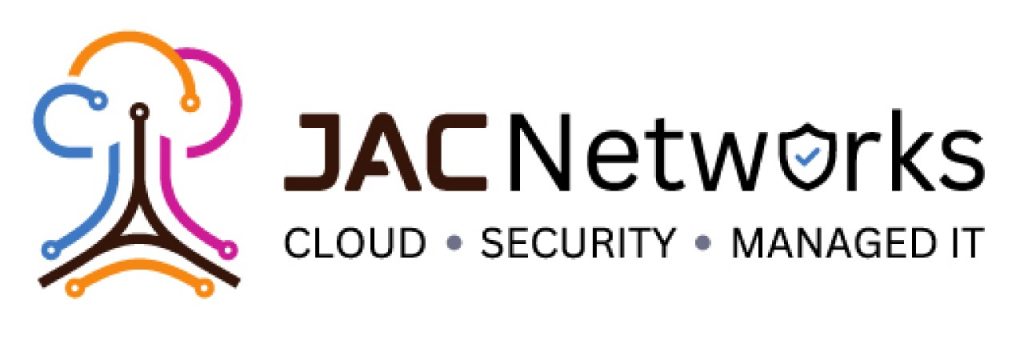Protecting digital systems and data from unauthorized access is known as cybersecurity. High-quality network security methods are now necessary in an era where industries are driven by digital change. However, even with cutting-edge solutions, organizations are frequently in danger from human mistakes and outdated procedures.
Security for networks, app protection, and data integrity are just a few of the areas that are covered by modern cyber security. Risks such as ransomware, phishing, and insider attacks take advantage of weaknesses in these domains. Read the blog to know the common security mistakes & their solutions.
Common Cloud misconfigurations & solutions

- Unrestricted Inbound & outbound Ports
Free Ports that are exposed to the internet, both inbound and outgoing, have the potential to cause issues. To limit exposure concerns, Cloud Services often employ a large number of UDP or TCP ports, but it isn’t enough. Make sure you are aware of all the open ports when moving to a multi-cloud environment, and then close or limit those that aren’t absolutely required. Use the least privilege approach to limit outgoing communications, and make sure you limit access to outgoing ports. - Turned off logging and monitoring
The majority of businesses neglect to set up, activate, or examine the potentially complex data and logs provided by public clouds. Having someone in charge of routine assessments and reporting security-related issues would be beneficial. IaaS public clouds aren’t the sole use case for this helpful suggestion. Storage-as-a-service providers will also provide you with the same data, which you need to evaluate on a regular basis. An update bulletin or maintenance notice might have serious security repercussions for your company, but it won’t help if no one is listening. - Unrestricted Use of HTTP/HTTPS Ports
Along with additional services, web servers are designed to host websites and online services for the internet. You must, however, prevent these from accessing any portion of the internet. Your cloud infrastructure may be vulnerable to hostile actors attempting to exploit authentication due to improperly configured ports. Make sure you restrict these ports’ ability to receive traffic from particular addresses, like your workplace, when you open them to the internet. - Phishing attacks
Phishing attacks, which target people and organizations to steal private data, have emerged as one of the most common hazards in cyberspace. These attacks pose malicious emails and websites. Phishing is still a major network security risk and a crucial subject for professionals and students due to the growing reliance on digital communication.
How can one effectively improve cloud security errors?

Businesses need to understand that protecting their cloud is a prime necessity. Once more, this is the main goal of the shared responsibility approach. Businesses must invest resources in maintaining security both initially and throughout time, even with cloud environments’ security capabilities. They should make use of the numerous tools and outside resources that are available to help with security setups after allocating internal resources.
- Make it easier for your employees to identify dangers. To lessen the possibility that your users may become victims of a corporate email breach, utilize inbox filtering and other measures.
- Always use the least-privilege theory. Nothing that they don’t absolutely require should be accessible to everybody.
- It is also very advantageous to train staff members to spot phishing and social engineering tactics.
- When setting your environment, adhere to recommended practices.
You can detect and get rid of the majority of security flaws by being aware of the many configuration errors that occur during cloud migration and avoiding them. However, eliminating Cloud Services security threats is very difficult. This is one of the main justifications for the importance of network traffic monitoring.





